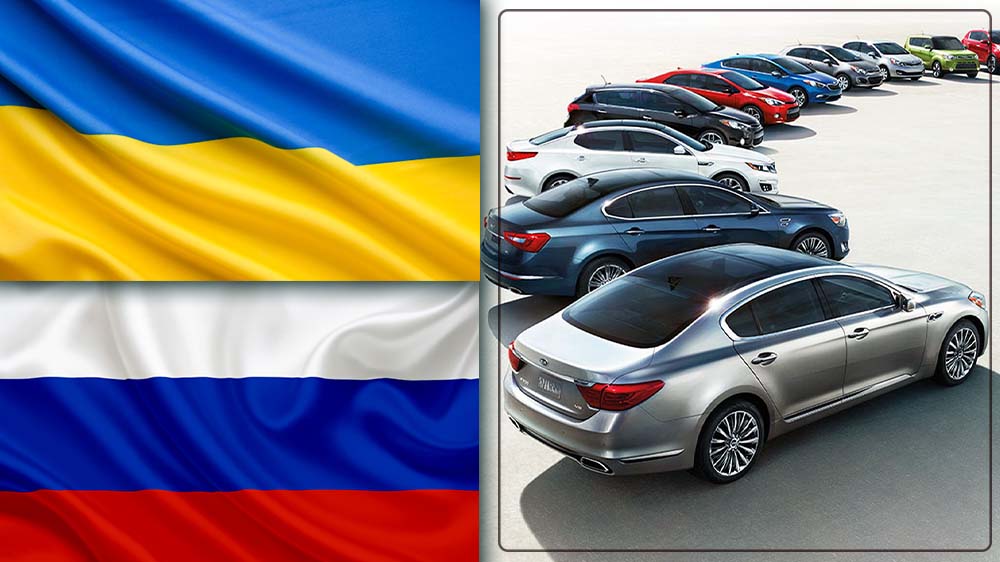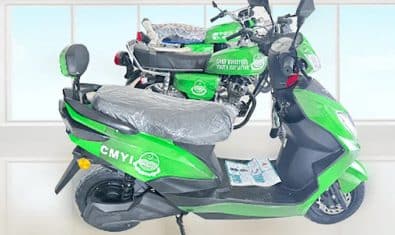While Russia’s invasion of Ukraine and the new restrictions by the United States may have a huge impact on the already-strained global automotive supply chain, there are only a few automakers that have significant exposure in Russia.
French automaker Renault Group holds a major share in the Russian company AvtoVAZ and manufactures 39.5 percent of the country’s vehicles, followed by the South Korea-based Hyundai Group, with 27.2 percent. Volkswagen has a 12.2 percent market share in it, Toyota Motor has a 5.5 percent share, and the share of other automakers is in the low single digits, according to research firm IHS Markit.
Tim Urquhart, a European principal automotive analyst at HIS, commented, “The biggest global [automakers] aren’t making tons of money out of Russia,” and added, “but Renault is obviously the biggest company in terms of exposure”.
Car Production in Russia
Reuters reported that Renault will halt production at its Moscow-based assembly facility next week due to “forced changes in existing logistic routes” that are triggering a shortage of parts.
General Motors, which is one of Detroit’s Big Three automakers, discontinued car production in Russia seven years ago and terminated a partnership in 2019, although it still has a sales office for international cars.
Ford Motor Company, which mostly left the country in 2019, and Stellantis (previously ‘Fiat Chrysler’) both have joint operations in the country. According to IHS, Stellantis accounts for barely 1.6 percent of the country’s car manufacturing.
Automakers had predicted that Russia would become a key auto market and hub in the 2000s, boosting trade in global markets such as Europe. However, the market reached only 2.96 million unit sales in 2008 attributed to a combination of issues, including instability and a sluggish economy, IHS revealed.
In light of the current situation, Urquhart said, “It’s been much diminished in the last few years. I don’t think the latest events are going to change that”.
The Russian car market had yearly unit sales of between 1.6 million and 1.75 million over the last three years, which is just one-tenth of the size of the US market last year and presented just around two percent of worldwide automobile sales in 2021.
Affect on Chip Shortage
Ukraine has a small automotive industry and only sold around 100,000 vehicles sold last year, as per IHS. However, Russia’s invasion could have repercussions for the worldwide automotive supply chain, particularly for neon gas and palladium supplies which are essential for semiconductor chips, as well as catalytic converters.
“The potential impact for the auto industry seems to be mainly focused on the potential disruption of natural resources supply,” remarked Stephanie Brinley, a US-based principal automotive analyst at IHS.
“That includes neon gas out of Ukraine and palladium out of Russia. At this point, we can’t say how that impact or when that impact is going to be felt,” she said.
Components Supply
Techcet, a California-based market research company that focuses on key supply chain parts, believes that America’s neon supply, which is used in lithography operations for chip-making, comes almost entirely from Russia and Ukraine.
It claims that along with South Africa, Russia is a major source of palladium (which is required for catalytic converters in car production) and supplies over 33 percent of the global demand.
“It’s just one more thing that is going to force prices up,” said CEO Techcet, Lita Shon-Roy, and added, “the automotive market is going to feel that to be sure”.
However, as most chip manufacturers have long-term contracts for such raw materials, Shon-Roy feels that the price hikes will not be observed for at least six months, if not a year.
Via CNBC




























Nice! could not find anything uncovered